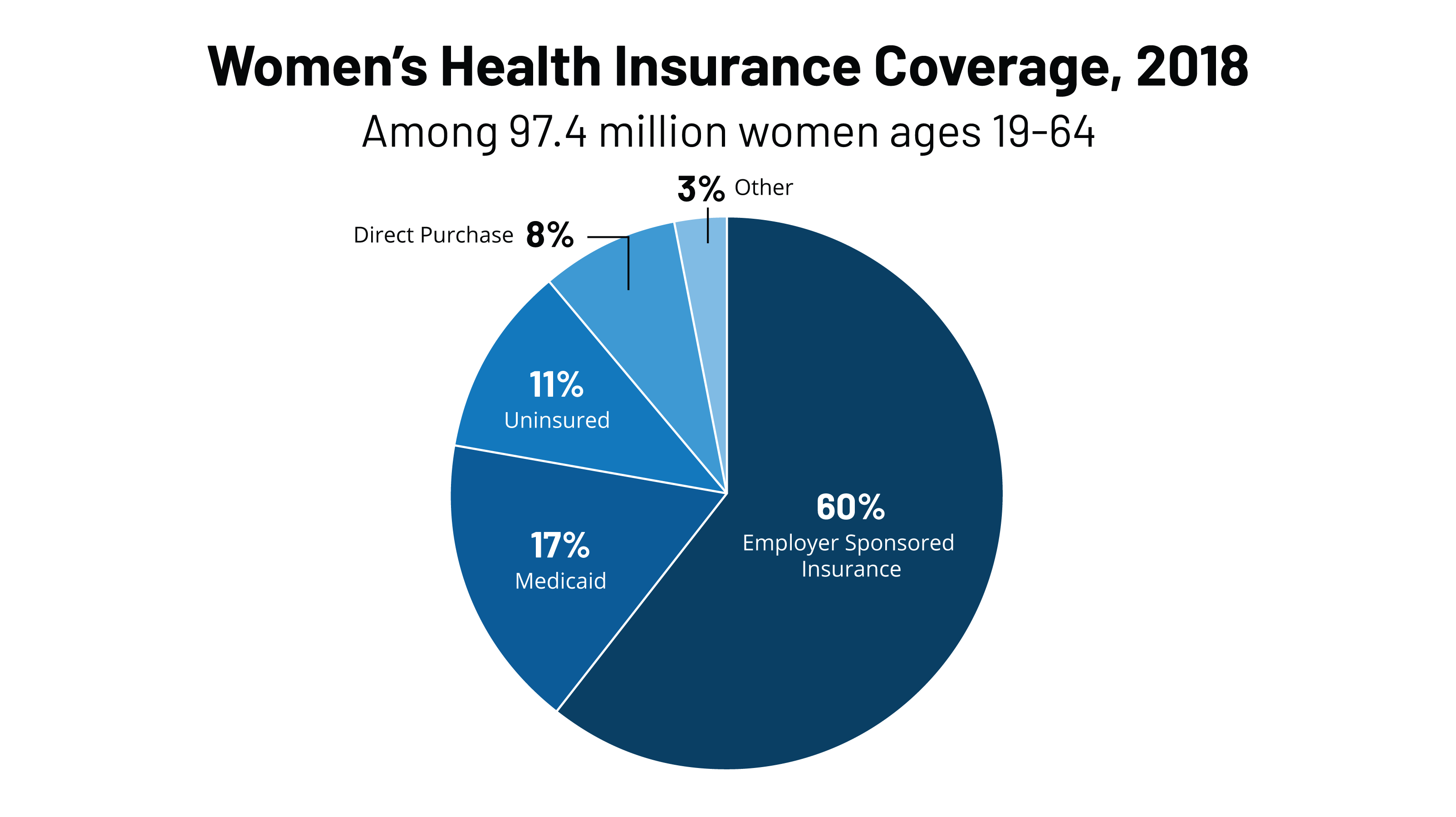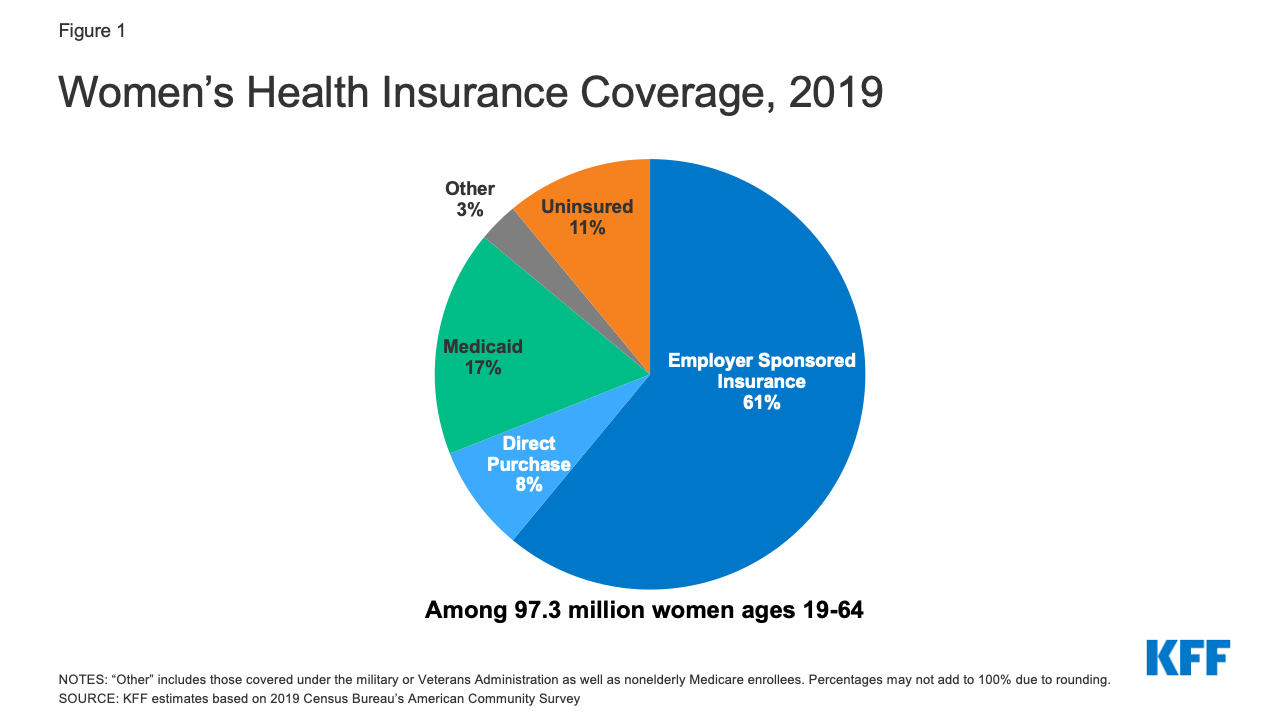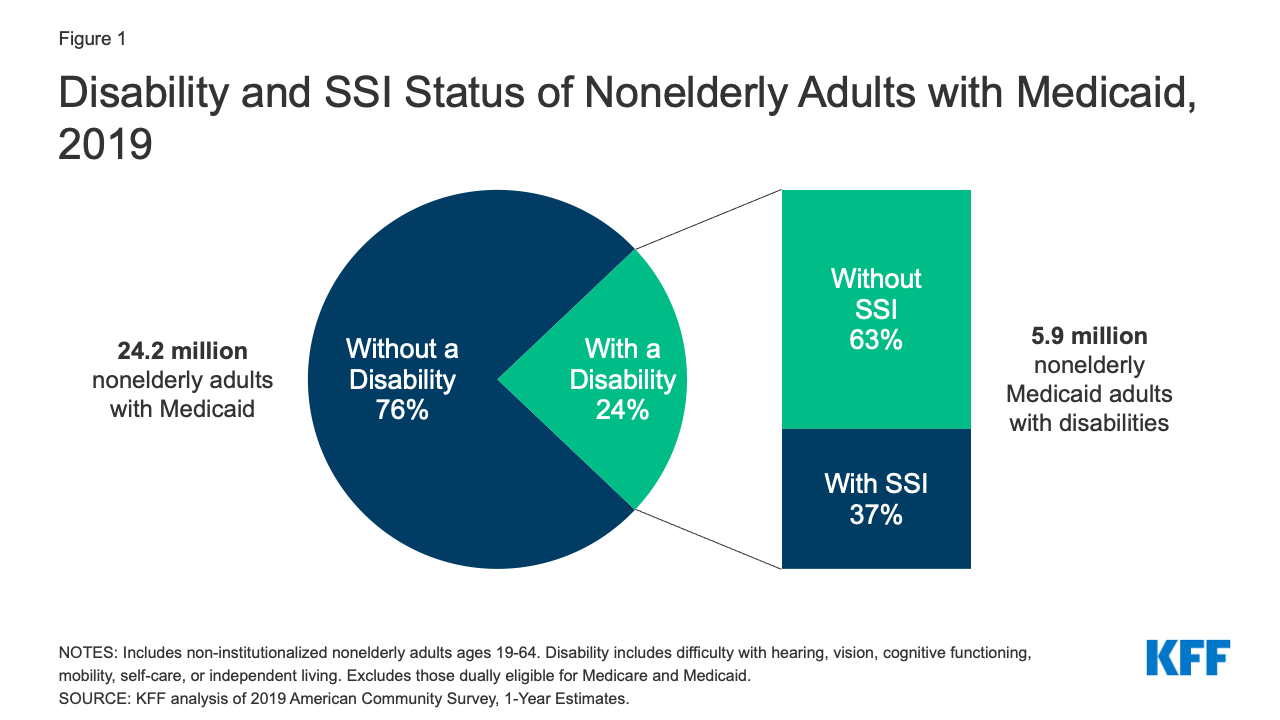Beautiful Work What Does Non Standard Insurance Mean

For example if the primary carrier paid 80 of the cost of treatment and the secondary carrier also covers the service at 80 the secondary carrier will not make a payment.
What does non standard insurance mean. Nonstandard Auto Insurance. Nonstandard auto insurance for a driver takes into account the drivers characteristics and is. The non-duplication of benefits only applies to receiving compensation for an already-compensated loss.
A nonstandard or high-risk auto insurance policy isnt a specific type of car insurance policy. These policies are reserved for high-risk drivers and are typically more expensive than standard car insurance policies because of the increased liability high-risk drivers present to an. It is still perfectly acceptable to have the same risk covered by two policies so long as either only one policy.
Generally speaking to answer the question of what does non standard construction mean from an insurance perspective any building that does not meet the criteria above is deemed to be of non-standard construction and insurers will either. When this plan is secondary to another plan it only pays. When referring to life insurance your term is the length of time your policy will stay in force as long as you continue making the premium payments.
A non standard construction is simply a property that does not conform to the standard definition. Nonstandard policies are also written on state-approved forms but they vary widely in pricing because they are custom policies designed by the insurance company who issues them to accept a broader range of risks. We simply work with the other dental carrier to.
In exchange for payment of premium the insurer promises to reimburse the person for their covered losses. What Does Non-Admitted Insurance Mean. Non-standard auto insurance is a term to classify insurance sold to drivers whose risk factors make it difficult or impossible to obtain insurance at standard or preferred rates.
Dual coverage doesnt mean that your benefits are doubled. Hence why they are called standard carriers. In most cases it is the same as standard coverage except that the premiums are higherIf the insurance company determines you to be extraordinarily risky due to your driving record or your age it may charge you non-standard rates.


:max_bytes(150000):strip_icc()/dotdash_Final_Standard_Lot_Apr_2020-01-133fbce6dddf4c5fbe6be4fb72e0c734.jpg)



/GettyImages-1053743626-3b1327252ce94a998c9508c06fed8eea.jpg)





